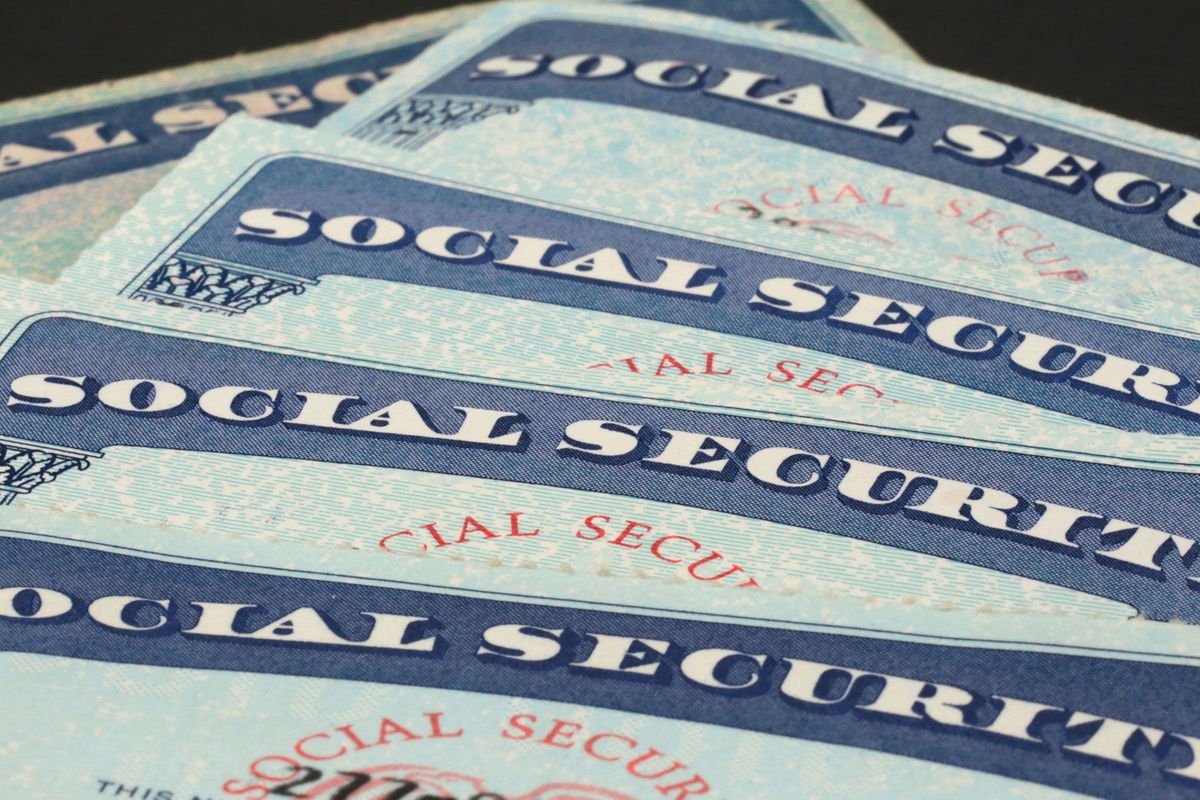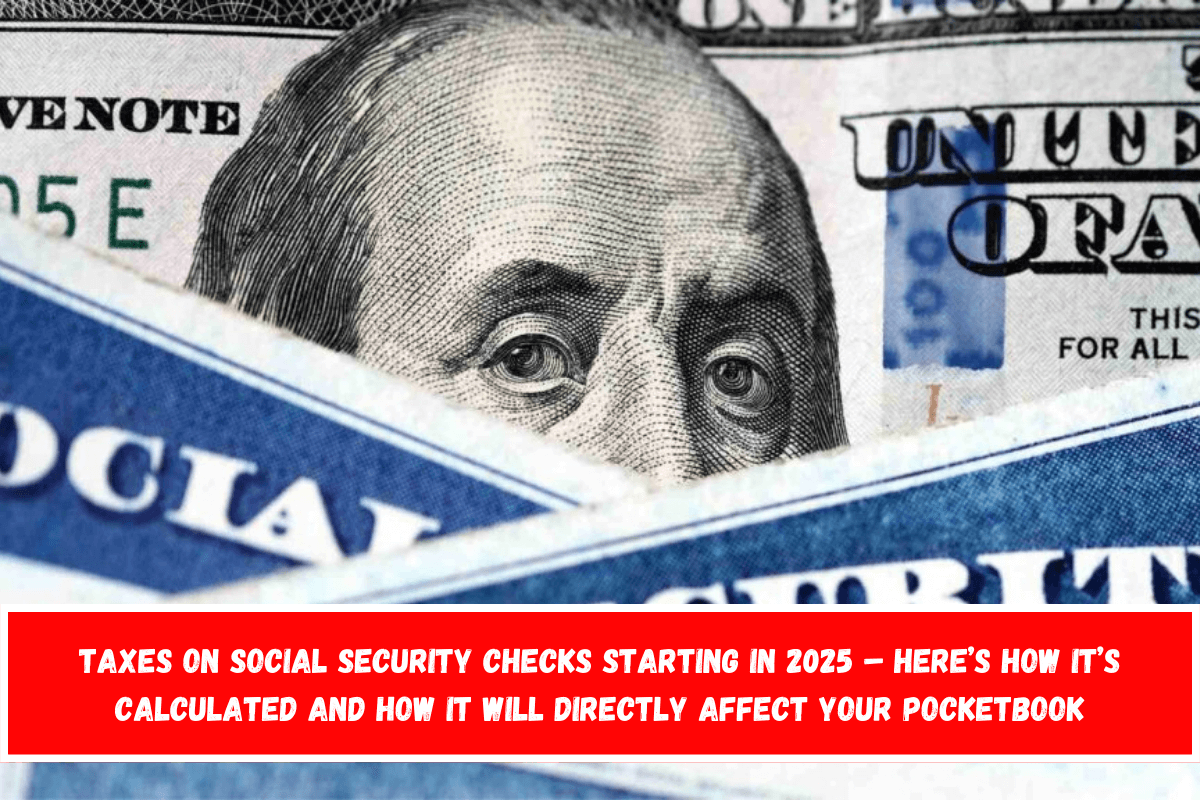When calculating the amount of money you will have in retirement, most people fail to account for the amount of taxes they will have to pay and how this would effect their benefits. Most states do not tax Social Security benefits, but federal taxes are not as liberal, and your benefits may be taxed in certain circumstances.
Individuals with incomes above a specific level may be taxed up to 50% of their benefits, while those with even higher incomes may be taxed up to 85%. Most people who get Social Security benefits will not have to worry about this, but others should be aware of certain facts.
Determining the Taxable Amount of Social Security
The Internal Revenue Service (IRS) calculates combined income to determine if and to what degree your benefits will be taxed. This includes your adjusted gross income (AGI), non-taxable interest, and 50% of your Social Security payments.
AGI is your total income from all sources, including wages, salaries, dividends, capital gains, business profits, and other incomes, minus any IRS-allowable deductions. Non-taxable interest from items like bonds must be included because they are resources that you can use even if they are not directly taxed.
To establish if your Social Security benefits are taxable, you must first calculate the total amount and then compare it to the IRS income levels. These levels are intended to protect lower-income retirees from being taxed on their benefits, and they are revised (albeit not as frequently as they should be) to ensure that only those at the top pay taxes on their benefits. The thresholds are as follows:
- Single filers: $25,000 and $34,000
- Married filing jointly: $32,000 and $44,000
- Married filing separately: $0 (if you lived with your spouse at any time during the year)
Other filing statuses, such as head of household or qualifying widow(er), often follow the thresholds for single filers.
If the amount is less than the first threshold, you will not be required to pay taxes on your benefits. If it falls between the levels, you must pay taxes on half of your benefits; if it exceeds the higher criteria, 85% of your benefits will be taxed.

Impact of Other Deductions and Credits
Although it appears easy, everyone’s tax position is unique and can be complex, as there are deductions and credits that can affect the overall taxability of your Social Security income. For example, medical expenses can trigger a special deduction if they surpass a particular percentage of your AGI, lowering your taxable income.
Qualified charitable contributions can also help you save money on your taxes, particularly in tax-advantaged retirement funds, which can dramatically increase your income. Before you worry, figure out all of your tax exemptions and credits so you can get a better idea of how much you owe.
Exceptions and Special Cases
As previously said, everyone’s needs are unique, and the federal government understands this when taxing benefits. There are numerous exclusions available to persons receiving benefits due to a handicap. In some circumstances, even if you exceed the criteria, you may not be taxed (or not as severely) in order to help fund medical expenses.
Furthermore, certain non-taxable income or conditions, such as receiving lump-sum benefit payments, may be subject to other taxing laws and must be assessed individually. If in doubt, check with an IRS person or a tax advisor to avoid mistakes.











Leave a Reply